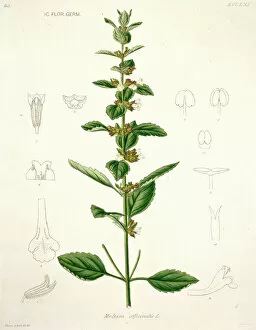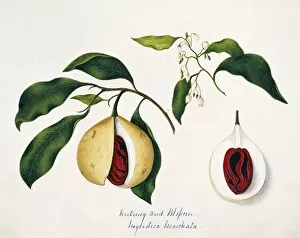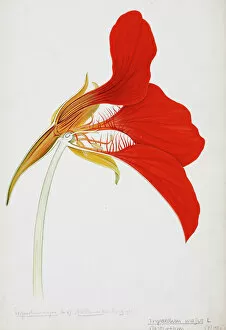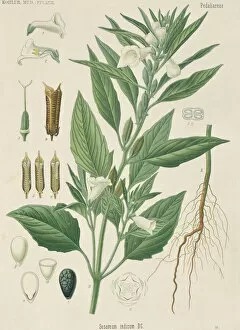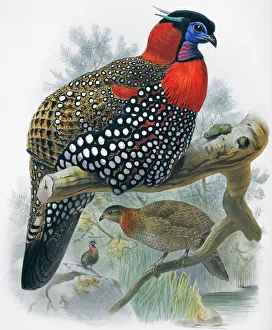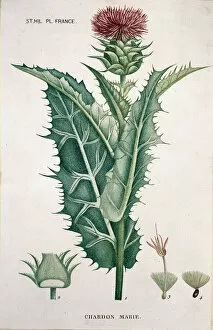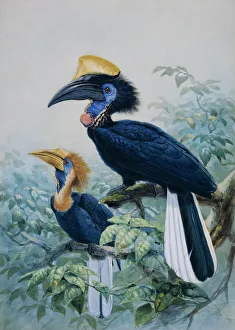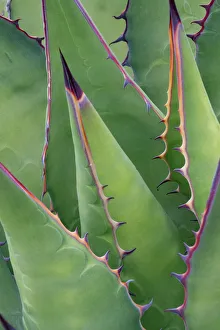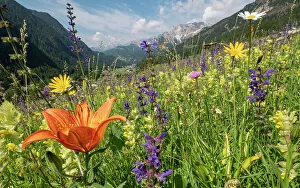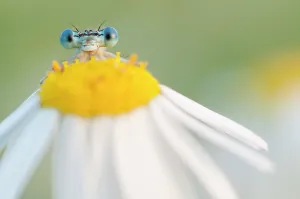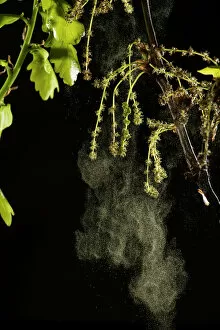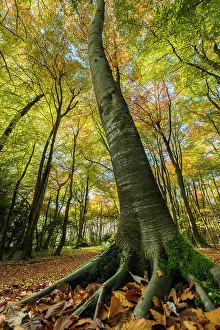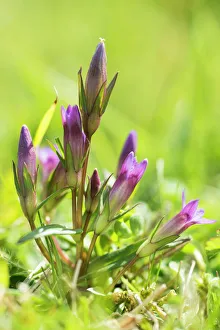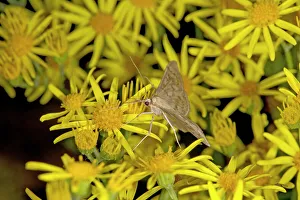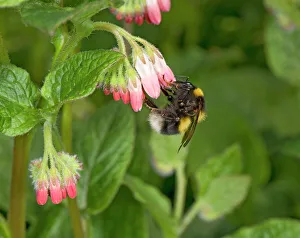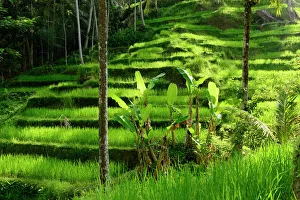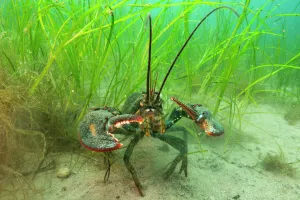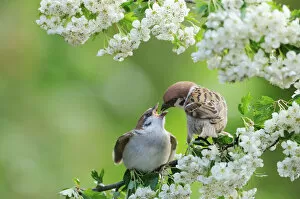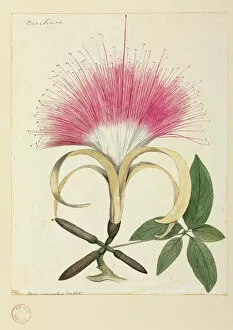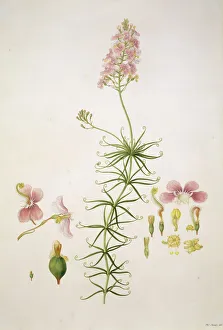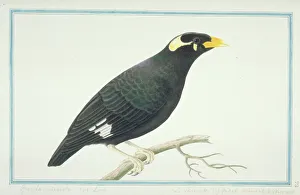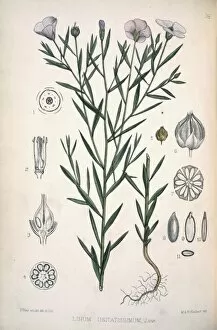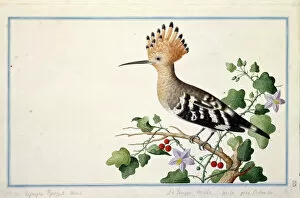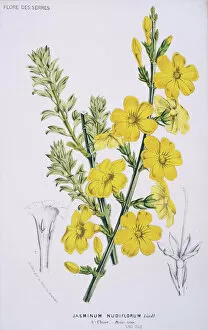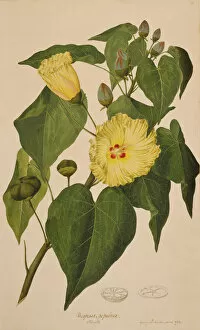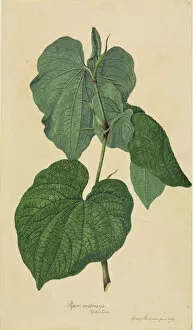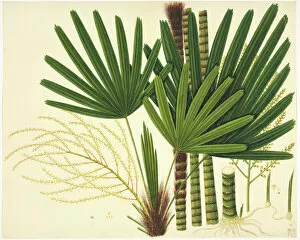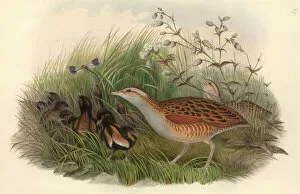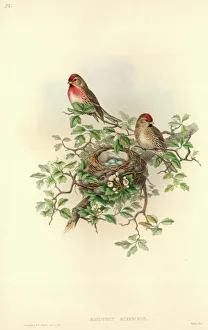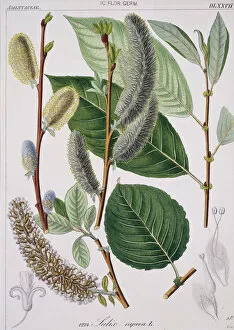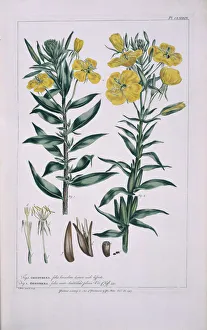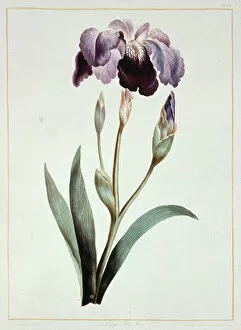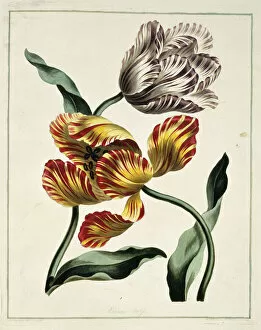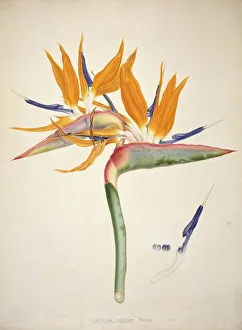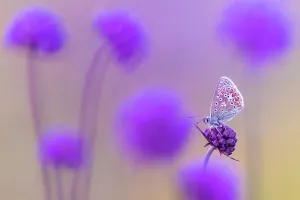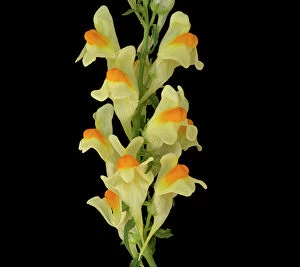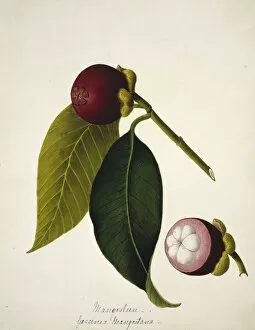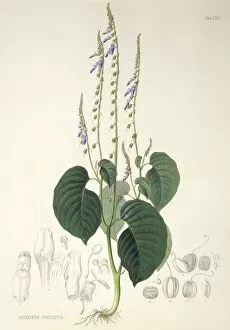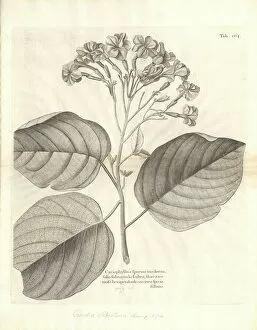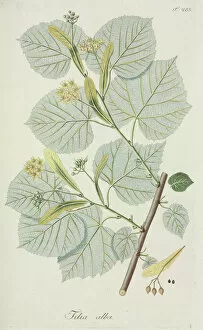Angiospermae Collection (page 4)
Angiospermae, also known as flowering plants, encompass a vast array of botanical wonders
All Professionally Made to Order for Quick Shipping
Angiospermae, also known as flowering plants, encompass a vast array of botanical wonders. From the delicate and rare Franklinia alatamaha, commonly referred to as the Franklinia, to the vibrant Hydrangea hortensis or French hydrangea, these plants captivate us with their beauty. One cannot help but be enchanted by the graceful Weeping Willow trees that elegantly drape their branches towards the ground. And beneath serene lakes in France's breathtaking Alps, Water lilies like Nymphaea alba bloom underwater in June, creating an ethereal sight. The Narcissus tazetta or tazetta daffodil brings joy with its cheerful yellow blooms while insects of Surinam add a touch of intrigue and wonder to our natural world. Another captivating waterlily (Nymphaea alba) opens its petals underwater in a lake nestled amidst the majestic Alps of Ain, France. Gossypium barbadense or cotton plant reminds us of nature's versatility and how it has shaped human civilization for centuries. Scottish Pine Forests evoke images of misty landscapes and ancient tales whispered among towering trees. Meanwhile, heathlands offer a glimpse into unique ecosystems teeming with life. Ancient Beech trees stand tall in Lineover Wood located in Gloucestershire UK; they bear witness to generations passing through time. Lastly, Durio zibethinus presents itself as an exotic fruit known as durian - infamous for its pungent aroma yet beloved by many for its rich flavor. Angiospermae encompasses all these diverse species and more – each holding secrets waiting to be discovered by those who appreciate nature's boundless marvels.

